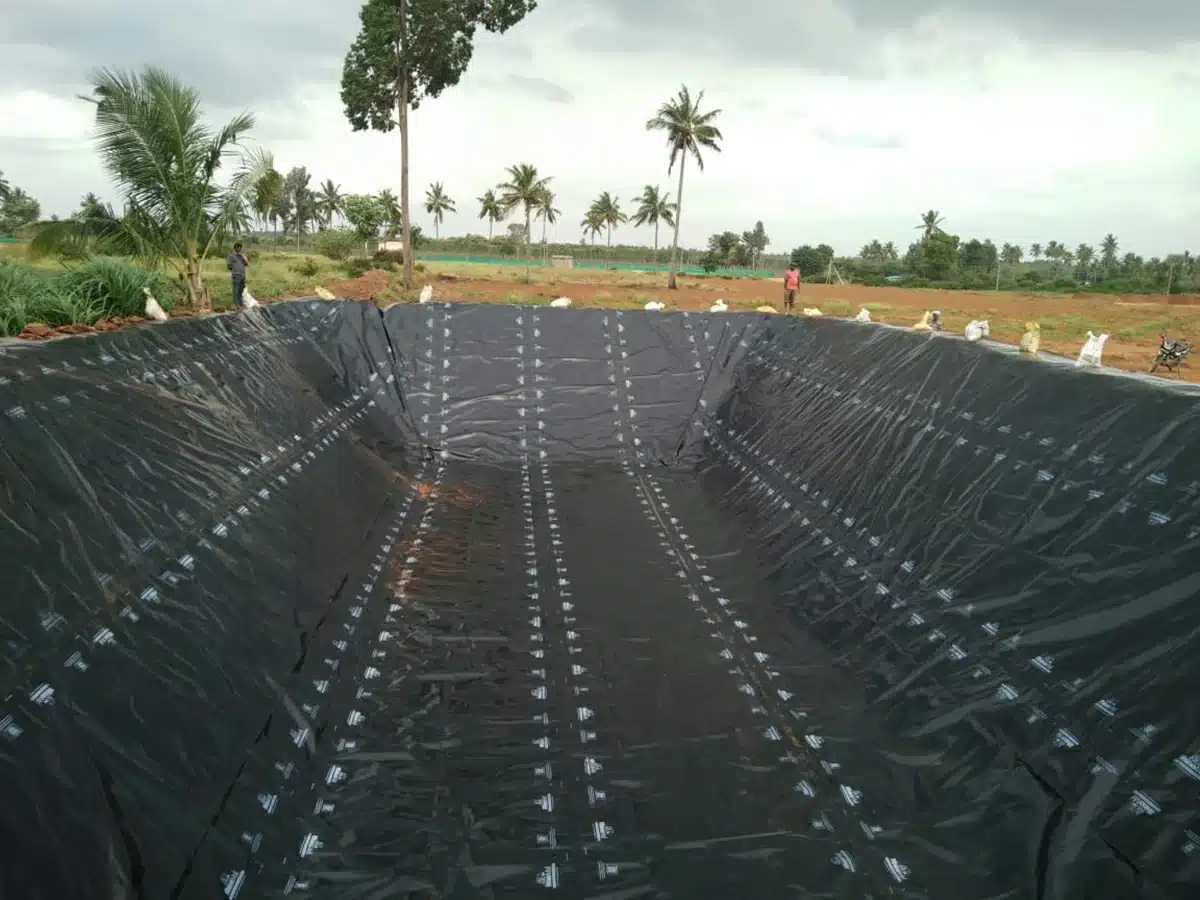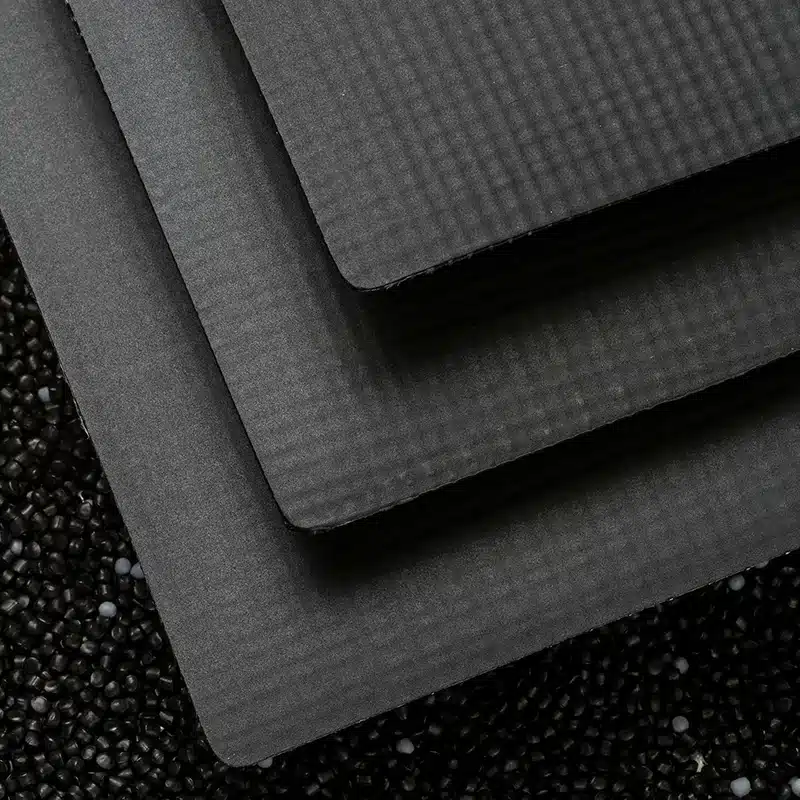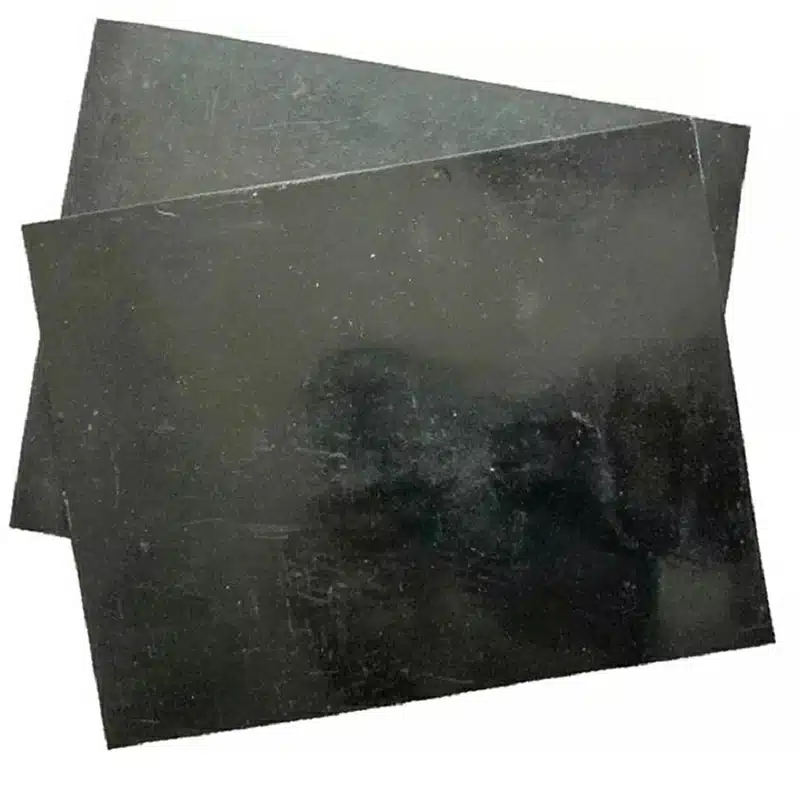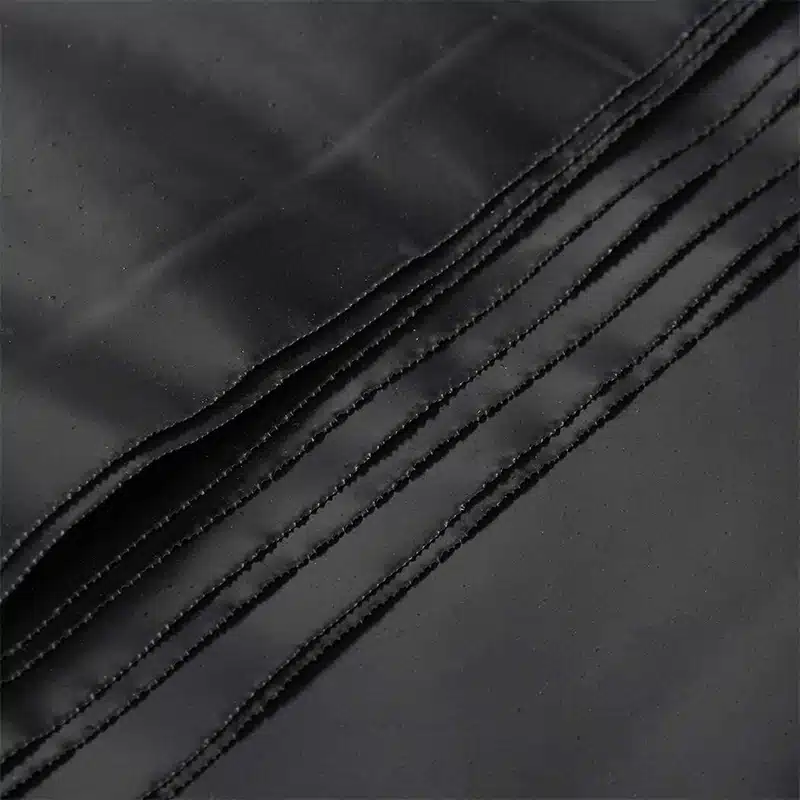+86-159 9860 6917
info@geofantex.com
geofantex@gmail.com
+86-400-8266163-44899
In the realm of environmental engineering and construction, bondable geomembranes have emerged as a pivotal solution for a range of applications. These geomembranes, known for their durability and versatility, play a crucial role in protecting and preserving our natural and built environments. This article delves into the types, purposes, classifications, and applications of bondable geomembranes, offering a clear understanding of their significance in modern engineering practices.

What are the three types of geomembranes?
Geomembranes, including bondable types, are generally categorized into three main types based on their material composition:
- HDPE (High-Density Polyethylene) Geomembranes: Known for their high strength and chemical resistance, HDPE geomembranes, including the specialized variant PVC-P, HDPE, EPDM geomembranes, are widely used in applications requiring robust environmental protection, such as landfill liners and hazardous waste containment.
- PVC (Polyvinyl Chloride) Geomembranes: PVC geomembranes, encompassing the versatile PVC-P, HDPE, and EPDM categories, are preferred for their flexibility and adaptability, making them suitable for water reservoirs, ponds, and canal linings where conformability to varied surfaces is essential.
- EPDM (Ethylene Propylene Diene Monomer) Geomembranes: EPDM geomembranes, part of the PVC-P, HDPE, EPDM group, are rubber-based, offering excellent elasticity and weather resistance, ideal for projects that demand durability under fluctuating temperatures and UV exposure, such as decorative ponds and roofing applications.
What is the purpose of a geomembrane sheet?
The primary purpose of a geomembrane sheet, particularly bondable geomembranes, is to provide a barrier to prevent the migration of liquids, gases, or contaminants, thereby serving to stabilize earth and to secure landfills ensuring containment of hazardous or municipal wastes and their leachates. This barrier function is crucial in preserving environmental quality, preventing groundwater contamination, and maintaining the integrity of structures. Geomembranes, especially effective in applications aimed at stabilizing the earth and securing landfills, are essential where leak prevention and long-term reliability are paramount.

What are the classifications of geomembranes?
Geomembranes, including HDPE geomembranes and LLDPE geomembranes, are classified not only by their material but also by their manufacturing process and physical properties:
- Textured vs. Smooth: Geomembranes, such as HDPE geomembrane and LLDPE geomembrane, can be textured to enhance frictional properties or smooth for applications requiring slick surfaces.
- Reinforced vs. Non-Reinforced: Some geomembranes, including varieties of HDPE geomembrane and LLDPE geomembrane, are reinforced with a fabric or other materials to increase strength and puncture resistance.
- Thickness: The thickness of geomembranes, including HDPE and LLDPE types, varies, typically ranging from a few tenths of a millimeter to several millimeters, depending on the application’s requirements.
- Permeability: They are also classified based on their permeability to gases and liquids, with some, like certain HDPE and LLDPE geomembranes, designed to be virtually impermeable.
What are the applications of geomembranes?
Geomembranes, including bondable types, have a wide range of applications, particularly whenever fluids or other materials cannot be lost or spread:
- Environmental Protection: Used in landfill liners, caps, and hazardous waste containment to prevent contamination, especially important whenever fluids or other materials cannot be lost or spread.
- Water Management: Applied in the construction of reservoirs, ponds, and irrigation canals to prevent water loss, a critical concern whenever fluids cannot be lost or spread.
- Mining: Employed in heap leach mining and tailings dams to contain chemicals and prevent groundwater contamination, essential in situations where hazardous materials cannot be allowed to spread.
- Civil Engineering: Used in roadbeds, tunnels, and foundations for moisture barriers, vital whenever the integrity of a structure depends on ensuring materials cannot spread or be lost.
- Agriculture: Utilized in ponds for aquaculture and as vapor barriers in greenhouses, particularly where water and nutrients cannot be lost or allowed to spread indiscriminately.
Bondable geomembranes, with their diverse types, purposes, and applications, are indispensable in modern environmental and civil engineering. From HDPE to EPDM, each type serves specific needs, whether it’s chemical resistance or flexibility. Their primary role as protective barriers is evident across various sectors, including environmental protection, water management, and agriculture. Understanding the classifications and applications of geomembranes allows for their optimal use in projects demanding high standards of safety, durability, and environmental preservation. As we continue to innovate and improve these materials, bondable geomembranes will undoubtedly play a crucial role in shaping a sustainable and resilient built environment.



Get Free Sample
We’ll respond as soon as possible(within 12 hours)





















